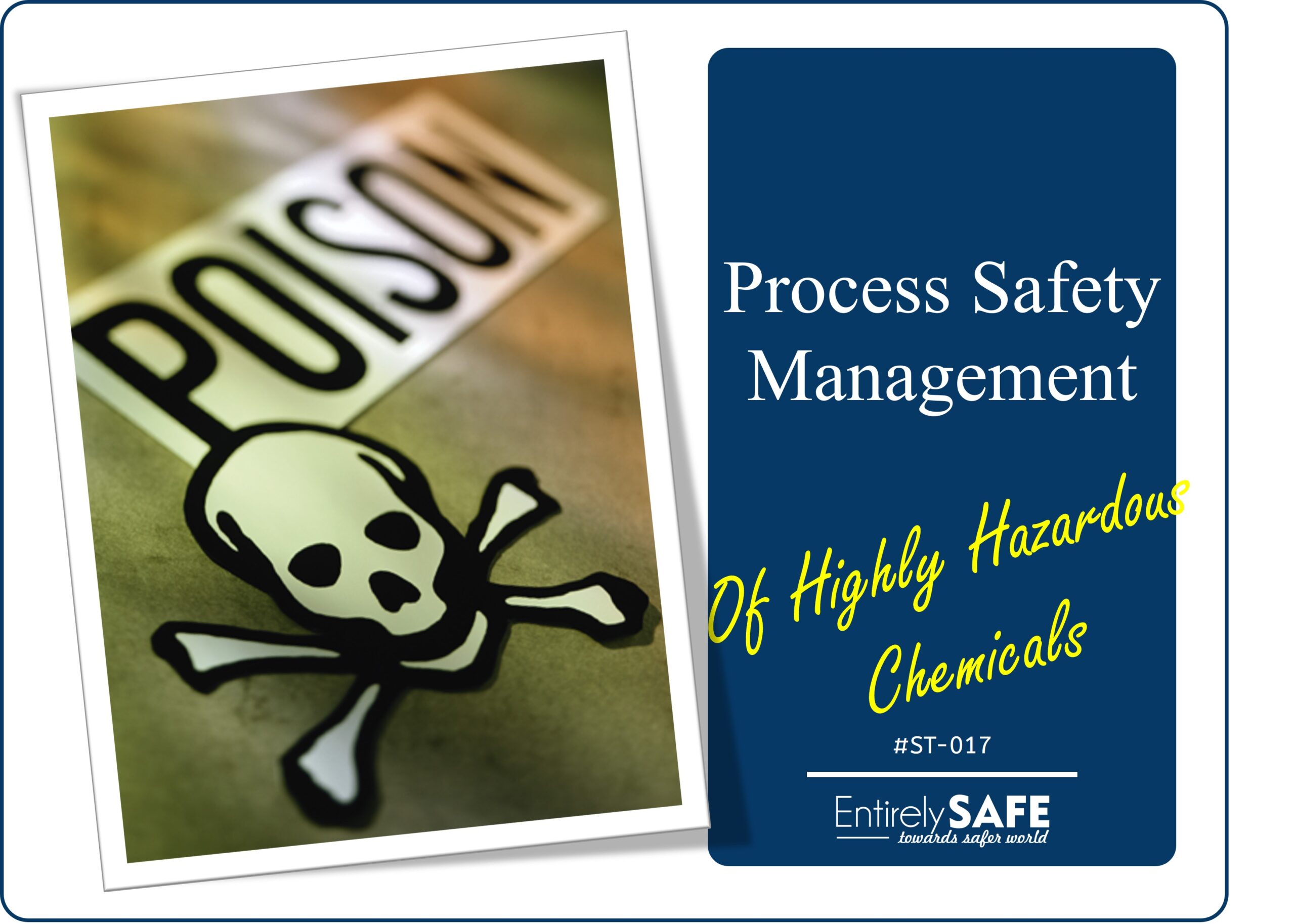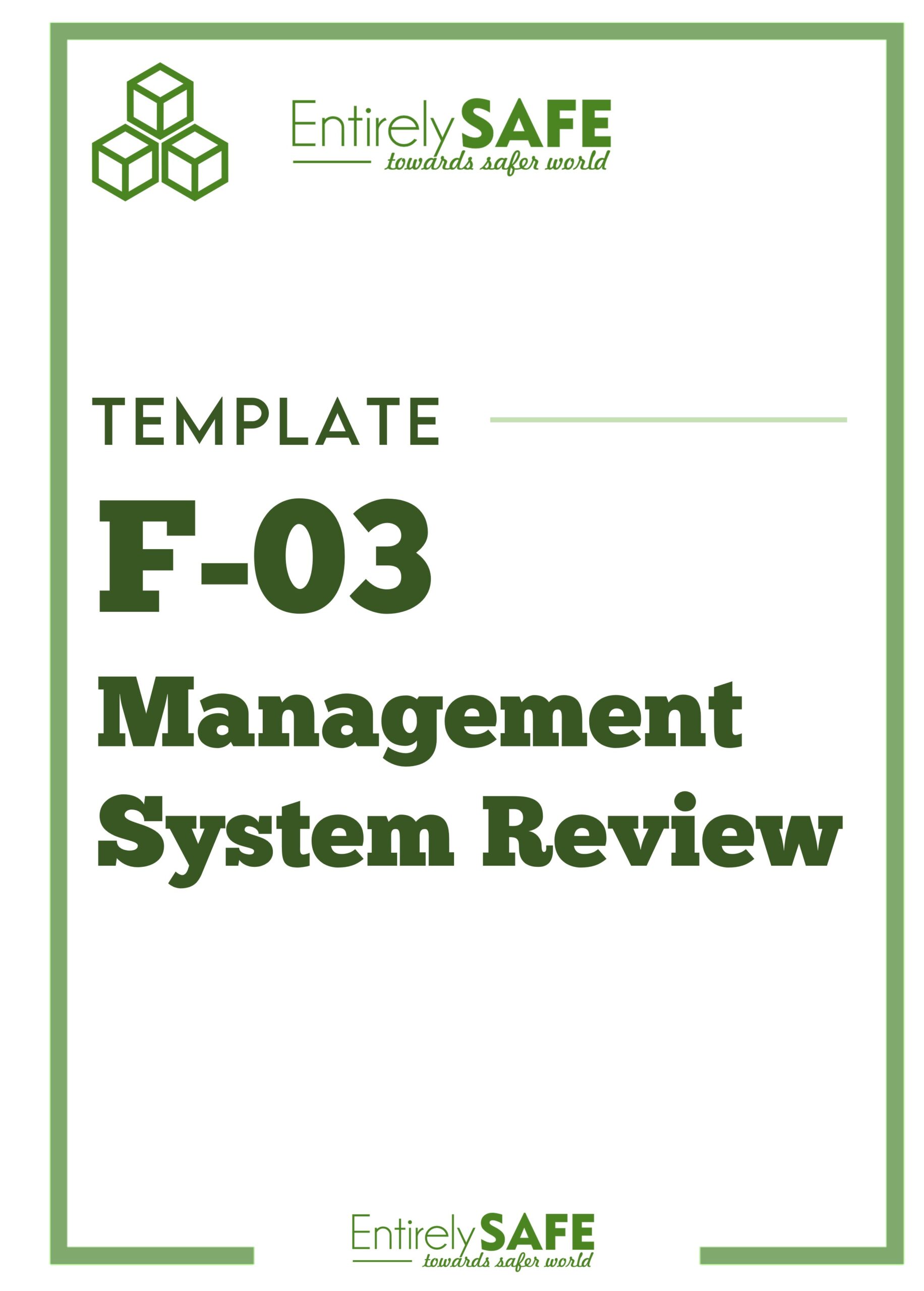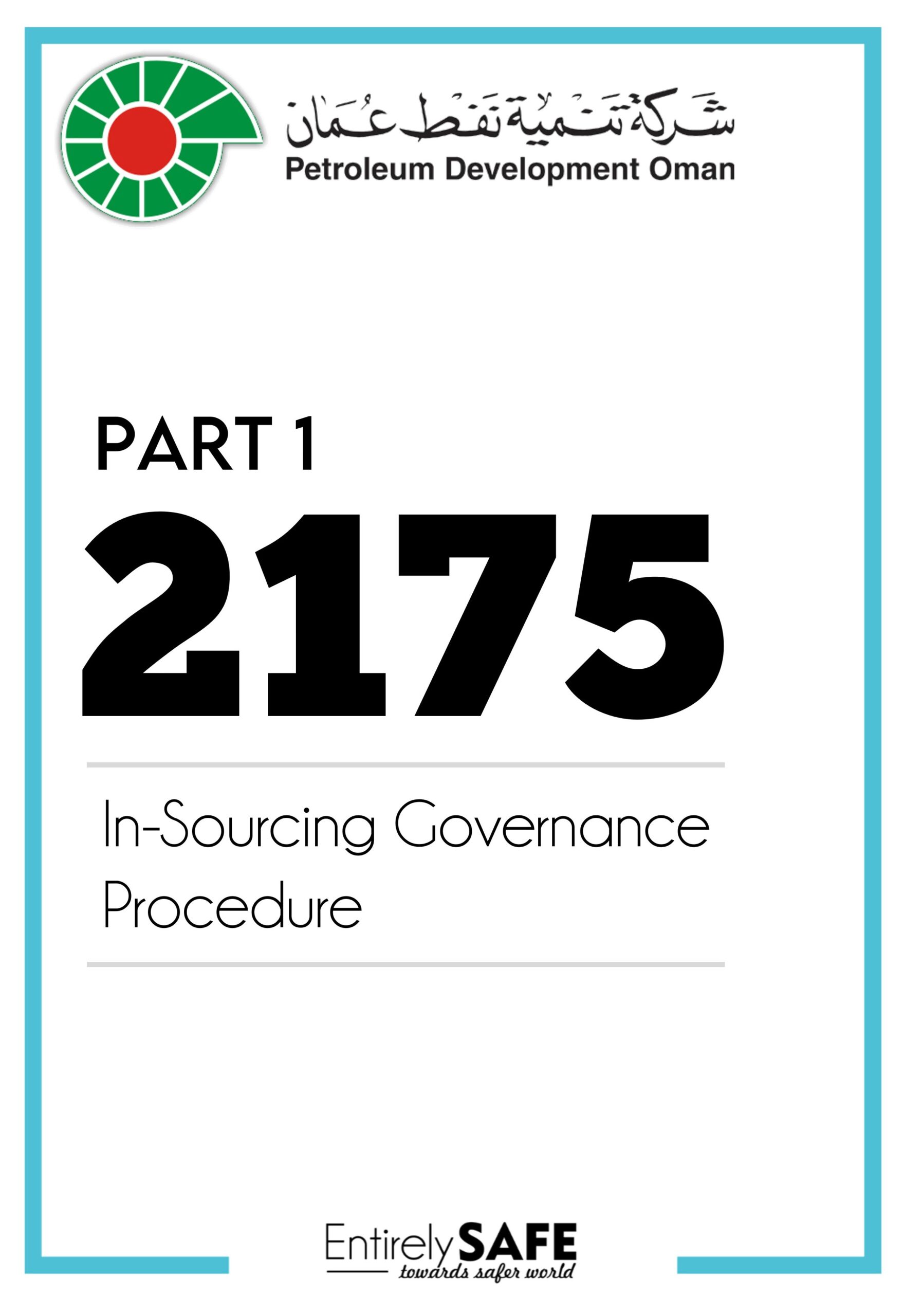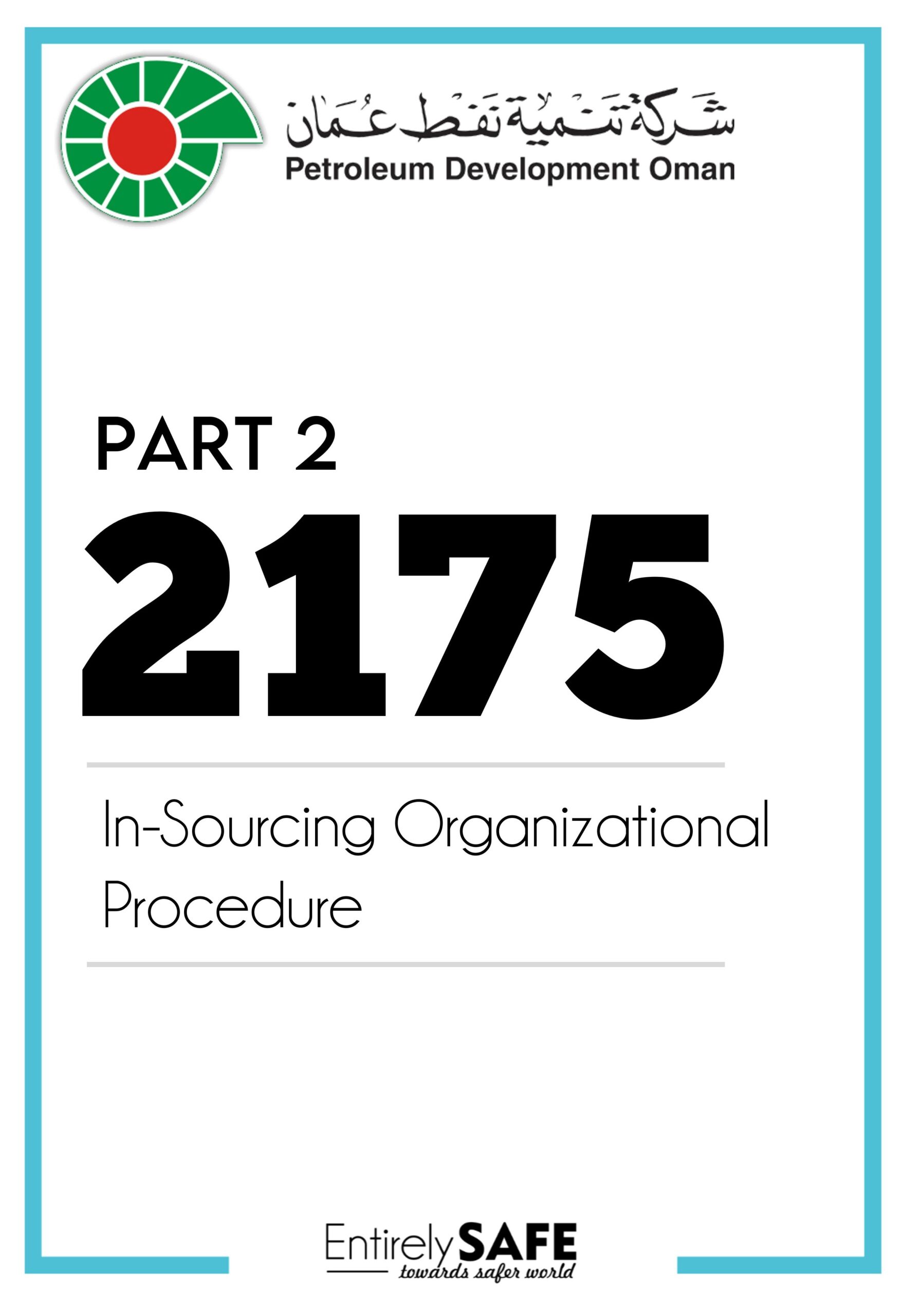Process Safety Training Presentation
Process safety focuses on preventing fires, explosions, and chemical accidents in chemical process facilities or other facilities dealing with hazardous materials such as refineries, and oil and gas (onshore and offshore) production installations.
Occupational safety and health primarily cover the management of personal safety. Well-developed management systems also address process safety issues. The tools, techniques, programs, etc. required to manage both process and occupational safety can sometimes be the same (for example a work permit system) and in other cases may have very different approaches. LOPA (Layers of Protection Analysis) or QRA (Quantified Risk Assessment) for example focus on process safety whereas PPE (Personal Protective Equipment) is very much an individual-focused occupational safety issue.
A common tool used to explain the various different but connected systems related to achieving process safety is described by James T. Reason’s Swiss cheese model. In this model, barriers that prevent, detect, control, and mitigate a major accident are depicted as slices, each having a number of holes. The holes represent imperfections in the barrier, which can be defined as specific performance standards. The better managed the barrier, the smaller these holes will be. When a major accident happens, this is invariable because all the imperfections in the barriers (the holes) have lined up. It is the multiplicity of barriers that provide protection.
Process safety generally refers to the prevention of unintentional releases of chemicals, energy, or other potentially dangerous materials (including steam) during the course of chemical processes that can have a serious effect on the plant and environment. Process safety involves, for example, the prevention of leaks, spills, equipment malfunction, over-pressures, over-temperatures, corrosion, metal fatigue, and other similar conditions. Process safety programs focus on the design and engineering of facilities, maintenance of equipment, effective alarms, effective control points, procedures, and training. It is sometimes useful to consider process safety as the outcome or result of a wide range of technical, management, and operational disciplines coming together in an organized way.
ID:
ST-017
Version:
1
File Type:
PPT
Size:
1.3 Mb
Organization:
Business and Legal Reports, Inc.
Published:
1999
Country:
Global
Type:
Other
Pages:
23 pages
Language:
English [EN]








